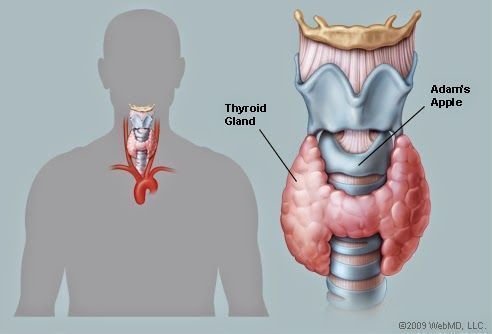AME, national congress of endocrinology physicians: Rome Nov. 9-13
“The 15th Congress of the Association of Medical Endocrinologists (AME), opens with a look at the state of the art of endocrinology in the world, explains Rinaldo Guglielmi President AME, and especially towards the areas from which migrations originate that bring to our hospitals people completely unaware of their health status, how to care for themselves and characterized by deep cultural, religious and linguistic differences.
The Congress will open with a meeting with the American Association of Clinical Endocrinologists (AACE) during which Italian endocrinologists and specialists from the US, Gulf countries, and Romania will try to make the diagnostic and therapeutic approach to thyroid diseases homogeneous as much as possible. Given also the high incidence of these diseases, the aim is to adapt the recommendations of the 2016 AACE-AME Guidelines to the different health systems present in the countries of origin of the specialists involved. One shared consensus, for example, is about women who have a family history of thyroid pathology and who are trying for a child, for whom thyroid function screening is recommended as soon as the parental project is configured in order both to avoid the possible difficulties of conception and abortifacientity that a deficient thyroid function can bring, but also to ensure that the child has the optimal supply of maternal thyroid hormones.
Another indication is about the frequency of laboratory checks of thyroid function, which, in the absence of symptoms and signs that may warrant ad hoc checks, is sufficient to be done once a year.”.
In addition to addressing most of the scientific and organizational issues, the Congress aims to be a means of contact with patients and the Associations that represent them by providing dedicated spaces for discussion. “In particular,” Guglielmi continues, “AME wants to propose an integration between the culture of evidence-based medicine (EBM), which characterizes the work of the medical-scientific community, and narrative medicine, which serves the patient to express himself and the physician to better understand what the complexity of the person in front of him may be, with his needs, expectations and fears. We are convinced of the possibility and usefulness of improving the doctor-patient relationship and narrative medicine can be a valuable tool; we have planned several initiatives on narrative medicine and each of them will address the topic from a different point of view. These include the session on expressive medicine, which concerns cases in which the patient’s narrative comes to be art: we will have examples through painting, music, photography, poetry but also religion understood as human science.
Significant stories will be told of how original approaches, such as a form of Japanese poetry, can help treat eating disorders. The session on Expressive Medicine will be held in the evening hours precisely to encourage patients and associations to actively participate.”.
“Thyroid, pituitary gland, diabetes, and quality of life will be discussed,” continues Vincenzo Toscano, AME President-Elect, taking into account the gender differences that are so important when it comes to hormones, be they thyroid, insulin, and others trying to give appropriate answers according to the differences that the diseases have on the two sexes. But gender medicine is not just women’s medicine; it falls under the umbrella of gender-specific medicine, which, in parallel with the age factor, takes into account the fact that the child is not a small adult, that the woman is not a copy of the man, and that the elderly person has even more peculiar medical characteristics with the goal of ensuring that each individual receives appropriate but also personalized and precise therapy. The different hormonal patterns between
woman and man can be decisive both in terms of pathological manifestations and the clinical course and therapeutic response of the disease. Estrogens are inhibitors of the immune system and this is why women have a greater tendency to develop autoimmune diseases than males and, in the endocrine field, have a greater predisposition to thyroiditis and the formation of thyroid nodules, which express receptors for estrogens themselves but also because estrogens condition the availability of free and active thyroid hormones and thus induce increased secretion of TSH which is the major stimulator of thyroid cells. A very fitting example can be found in the use of birth control, which often requires an increase in the dosage of thyroxine in women taking it because they are hypothyroid.”.
“Unstoppable is the increase in the number of cases of diabetes mellitus worldwide, we have now exceeded 400 million people with projected estimates of 600 million patients by the year 2035, about 90 percent of whom will have type 2 diabetes, continues Silvio Settembrini, AME Economic Board, Metabolic Diseases and Diabetology Asl Napoli 1 Centro; the salient fact that emerges from a geographic analysis of the areas of greatest epidemiological development indicates that diabetes is growing more in Asia, Oceania, and Africa than in Europe and North America, inevitably leading the international endocrinology community to place increasing attention on the issues of diabetes and metabolism. Future prevention policies will have to significantly affect social, family, industrial and environmental contexts to promote virtuous models that together with increasingly appropriate therapies should be aimed at preventing complications and reducing mortality and morbidity in those already affected.”.
